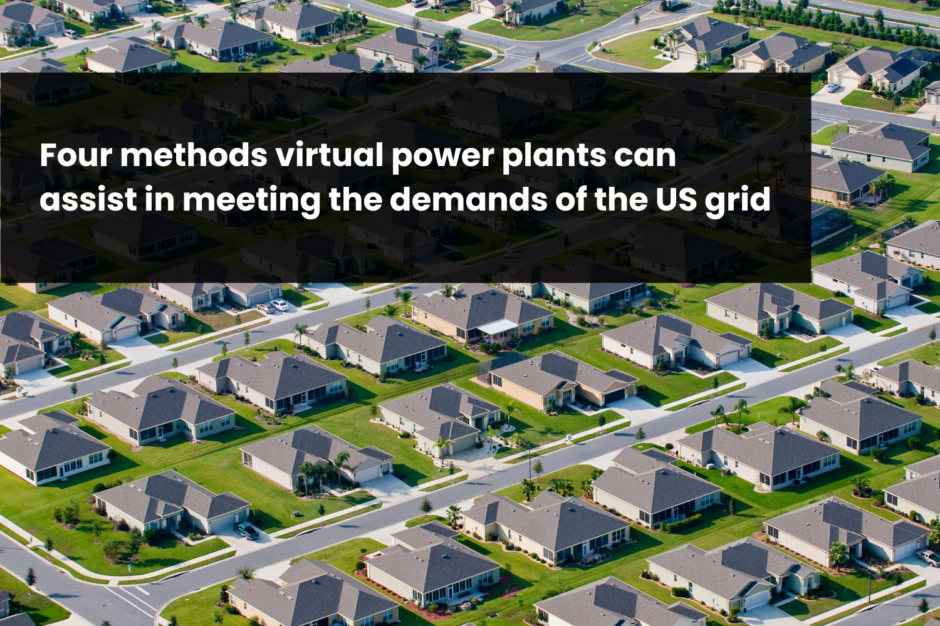Four methods virtual power plants can assist in meeting the demands of the US grid
CREtech

Thanks for keeping up with the CREtech Community in the News! For more news about members of the CREtech Community, follow us on Linkedin.
At the recent South by Southwest festival in Austin, Texas, industry leaders gathered to delve into the urgent need for virtual power plants (VPPs) in the United States. With the country's electricity demand on the rise for the first time in decades, propelled by the proliferation of data centers, the surge in electric vehicle adoption, and the transition to electric heating systems, the discussion underscored the critical role of VPPs in addressing the ensuing challenges.
Led by esteemed experts Arshad Mansoor and Rudy Garza, the conversation delved into the multifaceted benefits of VPPs. These networks of small-scale distributed energy sources, managed remotely through advanced software, offer a versatile solution to balance the grid while accommodating fluctuating demand patterns.
Key takeaways from the dialogue included the potential of VPPs to not only meet peak demand but also enhance climate resilience. By leveraging demand-response programs, utilities can proactively manage energy usage during extreme weather events, ensuring reliability and preventing grid overloads.
Moreover, the implementation of VPPs holds promise in alleviating energy inequality, particularly among low- and moderate-income households. Through innovative rebate programs and incentivized installations of smart appliances and renewable energy systems, VPPs can reduce utility costs and enhance accessibility to clean energy solutions.
Despite the significant benefits, challenges such as interoperability and infrastructure limitations persist. However, the consensus among experts is that VPPs represent a pivotal step towards a more resilient and sustainable energy future.
Original article posted on March 13

